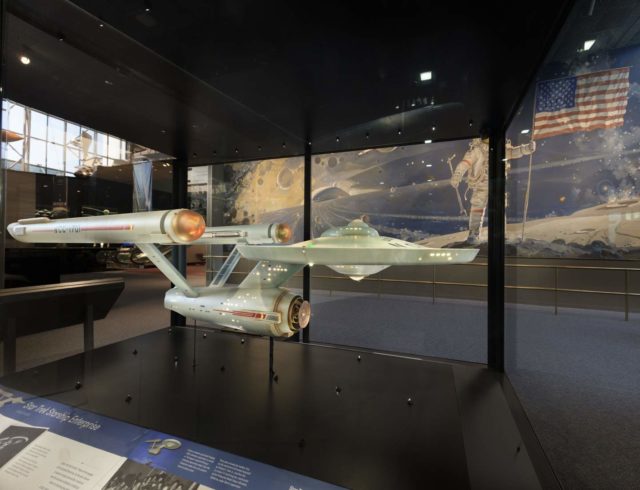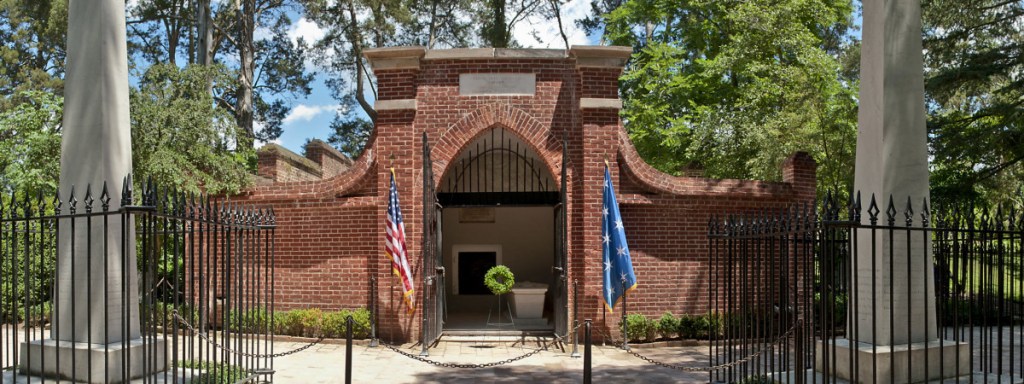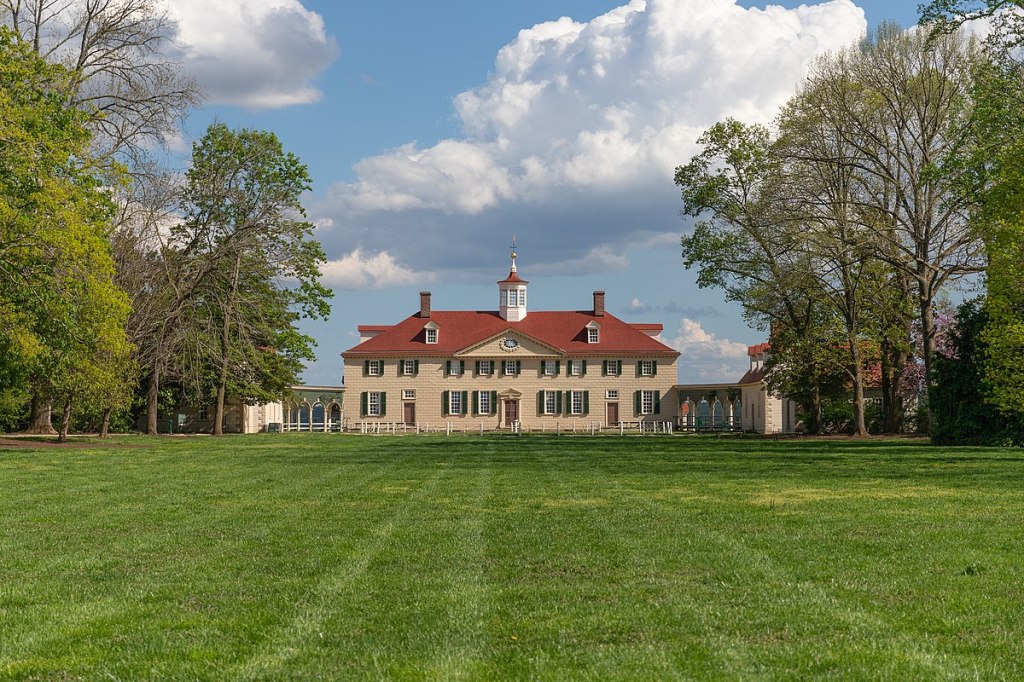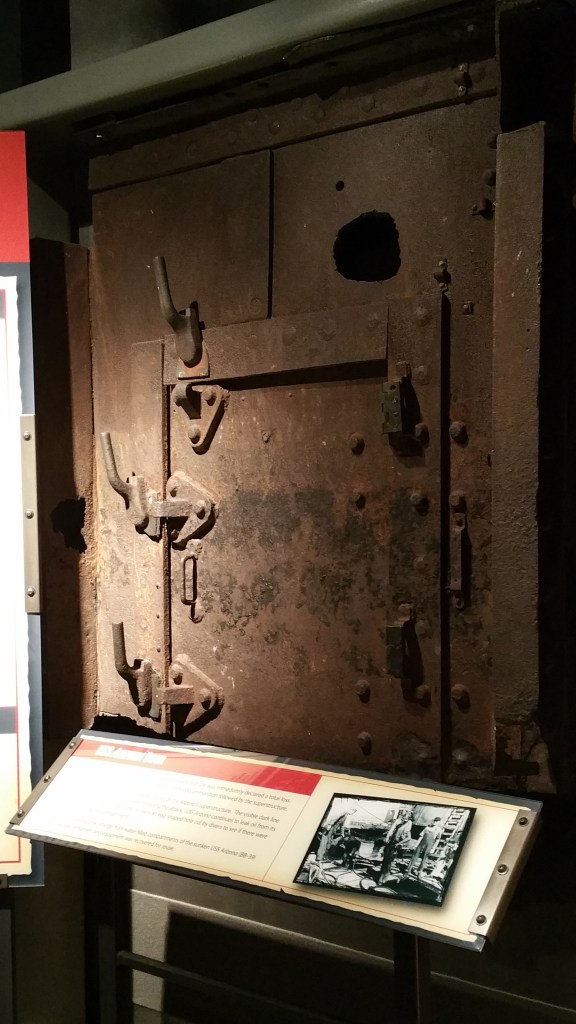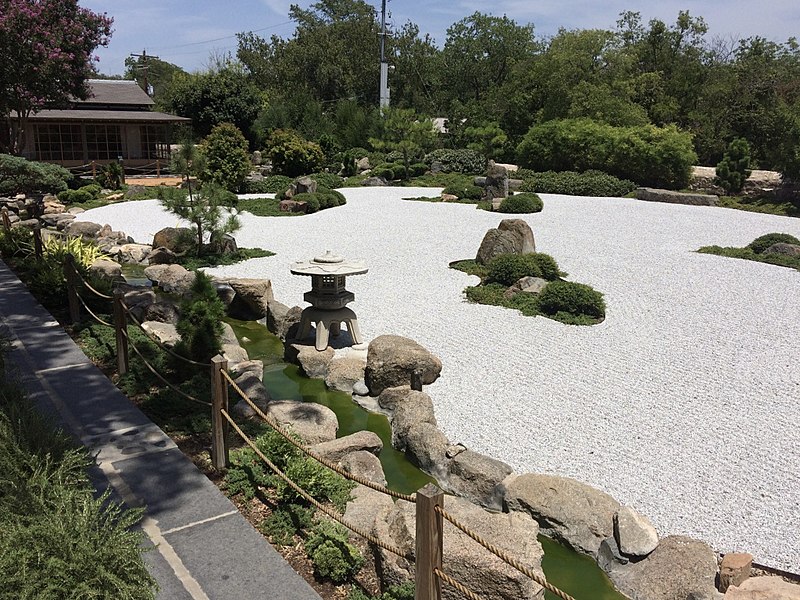I love museums and historical sites. If you’ve followed this blog for any period of time, this will come as no surprise. If you’re just joining us, museums have been something I’ve always enjoyed, even as a kid.
The thought of preserving our history where it can be enjoyed by the public is something that has always been a part of me as long as I can remember (even before I saw Indiana Jones and the Last Crusade.) In my writing career I’ve even had the pleasure of doing some museum work, and hope to do much more in the future. So, suffice to say, historical sites and museums are my bread and butter.
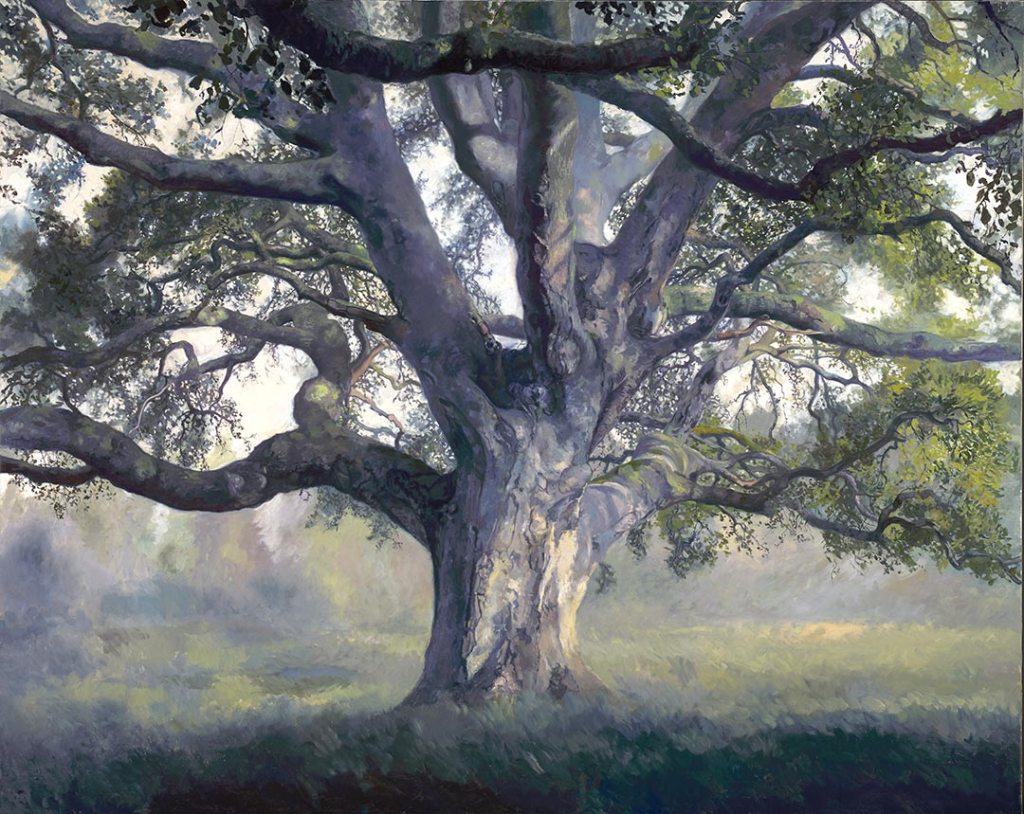
There’s a phenomenon that I’ve encountered a few times when I’ve visited these places that I want to share with you, which I call “Oak Tree” moments. I’ll get into why I call it this in a moment, but it’s a catalyst that peels back the fog of time and years in a sudden rush.
Sometimes when you stand in a historical place or in the presence of historical artifacts, it can be hard to reconcile that you are actually there, that history is so close at hand. An Oak Tree moment is the realization that you are, in fact, there. It can be a transformative experience.
This doesn’t happen to me at every site or museum I’ve visited, but when it does it is powerful stuff. For this blog post, I wanted to share with you a few of the times I’ve had an Oak Tree moment, starting with the original.
My First Oak Tree
When I was fourteen, I had a week-long school trip to our nation’s capital. Washington D.C. was the most impressive city I had ever visited at the time. I had a keen interest in history even back then, having joined the local chapter of our school’s Junior Historians two years before at the age of twelve.
As you can imagine, getting to see all the regular stops was incredible: the Lincoln Memorial, the Jefferson memorial, Capitol Hill, and the crowning achievement — the Smithsonian. There, I got to see (among many other things) the original model for the U.S.S. Enterprise used in the original series Star Trek. They even had a pair of pointed-ear appliances worn by Leonard Nimoy on the show. I was a big fan even back then, and seeing the real deal was breathtaking, but not the Oak Tree.
We weren’t able to visit the White House, but drove by it. We looked at the Declaration of Independence through bullet-proof glass at the National Archives. We saw so many relics from the founding of our nation that I was close to such a moment, but not quite there yet.
Our tour group went to Mount Vernon, home of George Washington. If you’ve never been there, the grounds are tranquil and well maintained. I walked through his home. The tour guide told us that the green paint on the walls was Washington’s idea because it was soothing to the eye. Gorgeous as the house is, I knew in the back of my mind that it had been heavily renovated. Great care had been taken to restore the place to how it had been in Washington’s lifetime, but again I knew that little of it was original.
We visited Washington’s grave nearby, where he and Martha Washington are interred. I’ve always had a reverence for historical graves, and this one was no different, but still that feeling of realness hadn’t quite hit me.
The moment in question came when the tour guide took us to a beautiful, picturesque oak tree on the grounds, not terribly far away from the house. It had grown tall and strong. I remember looking up at it and thinking that it had come out of Lord of the Rings. That’s when the tour guide informed us that Washington himself had planted that tree.
My mind reeled at this. I thought about how long it takes oak trees to grow to that size, decades, centuries, even. The time difference between where I stood there at the age of fourteen and when Washington had stood on the same spot to plant the acorn seemed vastly far away, yet close at hand at the same time. He had actually been there, on that spot. The house wasn’t just a reproduction; it was really the place he lived, the place where he died.
In my mind’s eye I saw the tree sprout up out of the ground as the days and nights flew by in a time-lapsed flash, growing and growing until it finally became the tree I stood beneath. It was like a waking dream. This was the first time I had ever felt connected, really connected to history.
The Hatch
Some years later, I found myself at the National Museum of the Pacific War in Fredericksburg, Texas. I’ve been lucky to visit this museum more times than any other, but on this occasion it was my first visit. If you’ve never been, I highly recommend it. After a short video presentation, the museum starts off hundreds of years before World War II, talking about how trade and conflict over a long period of time created the complicated relationship between Japan and China.
As you walk along the timeline, you start to see Japan’s gradual rise to power and imperialism, including the military campaigns they waged in China, creating the client state of Manchukuo. The displays and exhibits don’t try to downplay the violence. One of the photos in the gallery here is of an infant sitting in the ruins of a bombed out train station in Shanghai. On a future visit, this photo would absolutely wreck me.
Finally, as you might expect in a museum about the Pacific War, you are led to a short presentation about the attack on Pearl Harbor. The display features one of the two-man Japanese subs present at the attack. There are many artifacts from that day and models of ships. Just around the corner from the submarine, however, tucked into an unassuming alcove is a rusted piece of metal.
I’ve mentioned this particular piece of metal before, but this was the first time I had ever laid eyes on it. The metal is reddened with rust. A black stain crosses it about half-way. Above that stain, there is an egg-shaped hole cut into its surface.
This is a hatch from the battleship, Arizona one of the first USN ships lost in the war. The black stain comes from all the oil floating on top of the water. It shows us where the waterline was when the ship sank. The hole was cut by Navy divers who were looking for survivors on the other side.
I’ve seen the famous photo of Arizona in the aftermath, her once-proud lines blackened and ruined, belching smoke. It’s a powerful image, but nothing (and I mean nothing) prepared me to see an actual part of her hull. The fear and desperation of that day seemed to radiate from it, but with it, the courage, the determination, and uncommon valor also. I’ve never really been one to believe in ghosts, but the reaction I had was visceral, and I was overwhelmed.
I may have had an Oak Tree moment then, but it was to a very violent and dark chapter of our history. I have since visited this hatch on several occasions, and there has always been a reaction, though nothing quite like the first time. Each time I visit, I am thankful for the Japanese Peace Garden that exists on the grounds, which is always a welcome coda to the war.
The Diary
Last year, my family visited the National World War II museum in New Orleans, which includes an incredible number of exhibits from both the European and Pacific theatres. Before we go any further, I should say that even though this story also deals with a WWII museum, it led to one of the most heartfelt stories of the war that I’ve ever encountered.
We took the guided tour, and I’m really glad that we did. (Once again, I highly recommend doing so.) We progressed through the march to Berlin and then the march to Tokyo. As we got a decent way into the Pacific War, the tour guide stopped us at a glass enclosure and pointed out an open diary.
This particular diary belonged to Thomas Jones, a Marine whose blonde hair earned him the nickname of “Cotton.” Cotton kept a diary like so many did to document his experiences in the war. He also kept a picture of his high-school sweetheart in the diary, a young woman named Laura Mae Davis. Knowing the danger he was in, Cotton wrote in his diary that, if something should happen to him, he wanted Laura Mae Davis, the woman he loved, to have his diary.
Unfortunately, something did happen. Cotton died at the age of twenty-two at the battle of Peleliu. His personal effects, including the diary, were sent home to his family. Unfortunately, it appears that the diary went into a box and never made its way to Laura Mae Davis. Eventually, the diary was sent to the museum and put on display.
Fast forward to 2013, and a fateful trip to the museum. A 90-year-old woman with her family sees the diary, and the photo, recognizing it as a picture of herself. By sheer chance, Laura Mae Davis encountered the diary that Cotton wished her to have from the beginning. She brought this to the attention of the curator, who read Cotton’s words in the book, and gave it to her on the spot. It eventually came back on display at the museum where I encountered it.
There are so many service members who kept a diary just like Cotton’s, thousands, tens of thousands. This book is a single thread in a greater tapestry. The scope of World War II is so large that it’s almost more than the mind can comprehend, but Cotton’s diary shines a spotlight on one story among many in such a way that it humanizes them all.
Honorable Mention: The King’s Palace
Early this year I went to Graceland in Memphis, Tennessee, the home of the one and only Elvis Presley. I wrote about it in the blog post here, where I talk about having an Oak Tree moment, but I didn’t give specifics to it, only that it had happened to me.
You know what it was that triggered it? It wasn’t a white bespangled jumpsuit or the sight of the famous pink Cadillac. Two things triggered it, actually. First, it was the wood paneling in the security booth that guarded the driveway just outside the mansion itself. It’s the same kind of paneling that was in my childhood home, which had been built in the sixties. It gets really hot in Memphis in the summer, but the booth station had to be manned at all times because of who Elvis was. Thankfully, there was a standalone A/C window unit to give some much needed relief to the person on call. These small details really brought Elvis’ fame home to me.
The second part was green carpeting — on the ceiling. In the world-famous Jungle Room, where Elvis famously bought all of his furniture at once, he had green shag carpeting installed on the floor. Besides using the space to entertain celebrities, he also used the Jungle Room as a place to record music. This led him to carpet on the ceiling as well. From various accounts, this is the room where Elvis would often watch the news and eat breakfast. So, the carpet gave me that momentary view into the life of the man himself in the very space where these events took place. Absolutely magical.
Final Thoughts
History is a weird thing. The effects of it are all around us, every day, influencing us in a dozen subtle ways, affecting our opinions and viewpoints across a spectrum of areas — often without us even being aware of it. Museums and historical sites are our direct link to that history, where we come face-to-face with it.
I know that not everyone is quite so moved by history as I am, and that’s fine. It can be easy to get lost in all of the names and dates and minutiae, but in the end history is really about people. Oak Tree moments, on the rare occasions that I experience them, bring all that into sharp relief for a moment. They are a reminder that we are all fellow passengers through time.
So, I put the question to you: Have you ever experienced an Oak Tree moment of your own? If so, I would love to hear about it in the comments. If not, I hope that you do have one at some point in the future. You never know when something will strike a spark. Sometimes it can be the littlest thing, the smallest detail that can forge that connection with history.
